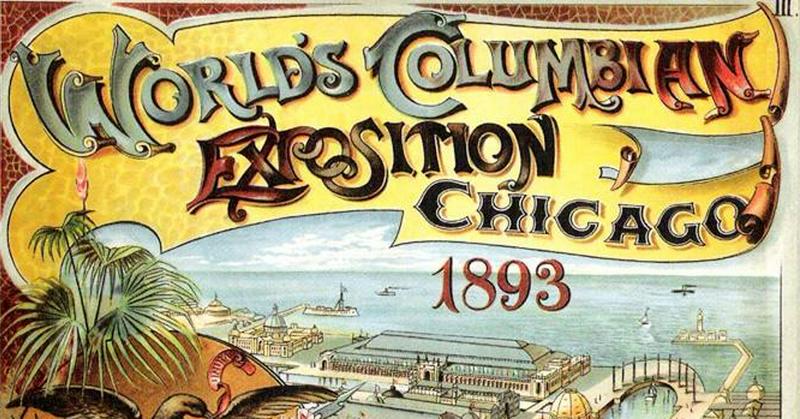Marvels Of The World's Fair
By | December 16, 2022

Live Television
Whether you know it as the T.V., the telly, or the idiot box, it's hard for many of us in the modern age to imagine a world before the television. Although there had been some broadcasts before 1939, they mostly existed as scientific and engineering troubleshooting and weren't meant to be seen by the general public. This all changed at that year's World's Fair in New York City, when the Radio Corporation of America sent out the world's very first public broadcast, which was given even greater historical merit thanks to the program's major guest, President Franklin Delano Roosevelt. It took a whole additional decade before people figured out how to record television broadcasts, so video of this major milestone has unfortunately been lost to the ages.
The Telephone
In 1876, perhaps an even bigger achievement in communication took place when Scottish inventor Alexander Graham Bell introduced his newest creation, the telephone, to its first public audience at the World's Fair in Philadelphia. A little less than 100 years later, the television and telephone came together as the Picturephone, also made by the Bell Telephone Company, which also debuted at the World's Fair in 1964.

X-Rays
Wilhelm Conrad Röntgen discovered the scientific mechanisms behind what would eventually become the X-ray back in 1895, successfully imaging the bones of his wife's hand, but it wasn't until Thomas Edison and Clarence Dally began tinkering that a reliable X-ray machine was first built. They'd meant to show it in 1901, but the shooting of President William McKinley in town during the fair put a damper on things. Funnily enough, had his doctors had access to the X-ray machine, they might have found the hidden bullet lodged in his abdomen. Instead, it was shown in 1904 and changed the field of medicine forever.
Favorite Foods
The 1904 St. Louis World's Fair was also a major event for snackers, popularizing many now-staple food items, from ice cream cones to iced tea and even hamburgers. The fair was a great place for food companies to show off their newest products, like the notable case of the Philadelphia Exposition in 1876 when a little company named Heinz premiered its its all-new tomato product "catsup," more commonly known today as ketchup.

Major Monuments
Very often, the buildings made for the World's Fair don't last. In fact, as beautiful as the images of the fairgrounds of cities like Chicago and St. Louis are, most of the buildings were made of plaster rather than sturdy materials like stone and were never meant to last longer than a few months. There are a few notable exceptions to this trend, however, like the Space Needle in Seattle. The tallest structure west of the Mississippi River when it was built wowed guests of the 1962 World's Fair with its futuristic design and impressive observation deck. Likewise, Paris's iconic Eiffel Tower was designed by Gustave Eiffel for the 1889 World's Fair with no intention lasting longer than 20 years (which was still pretty impressive by comparison). However, advancements in radio technology made the tower useful for broadcasting, which became especially important for military defenses during the World Wars.

